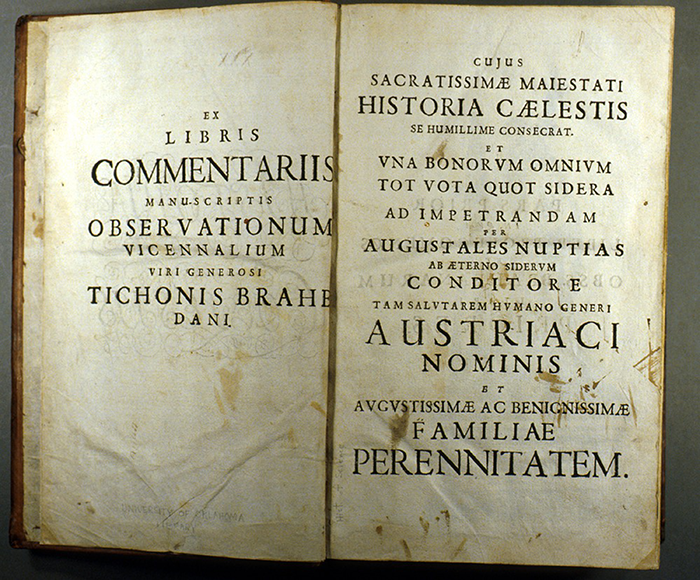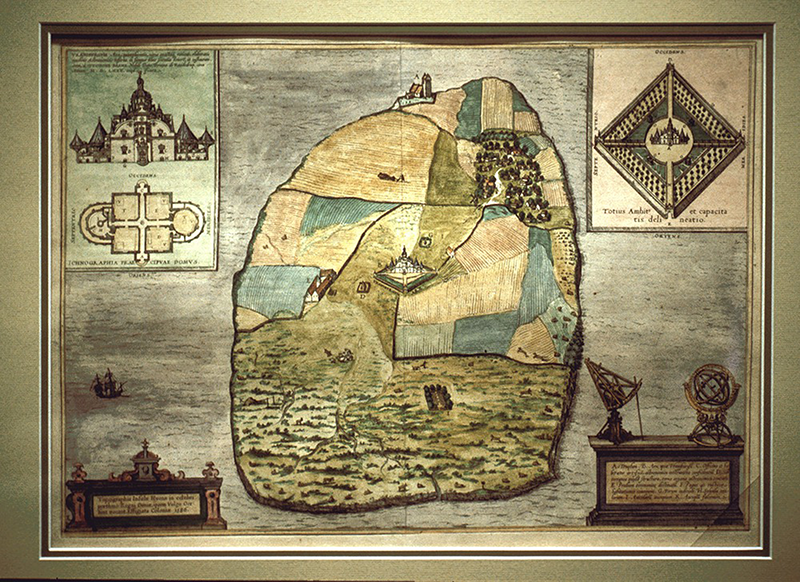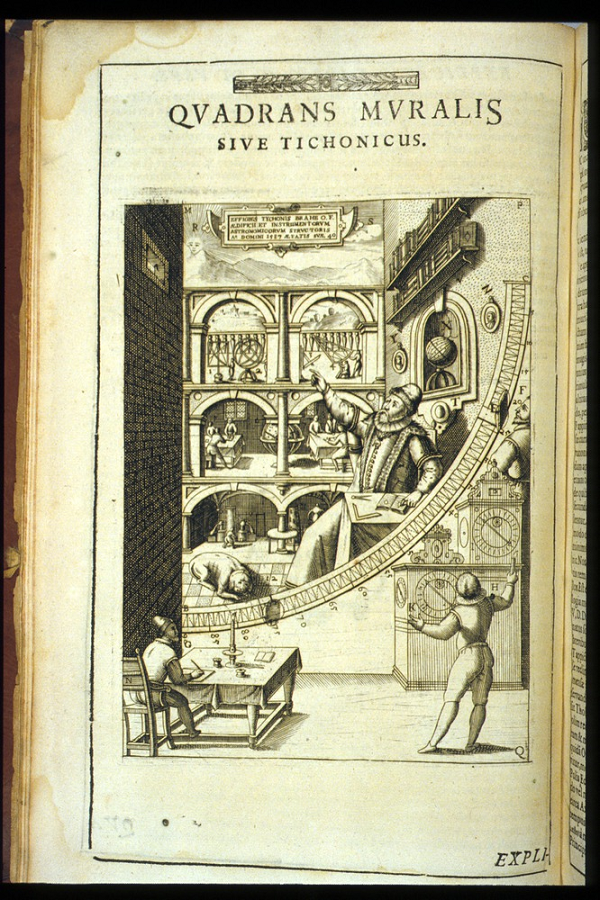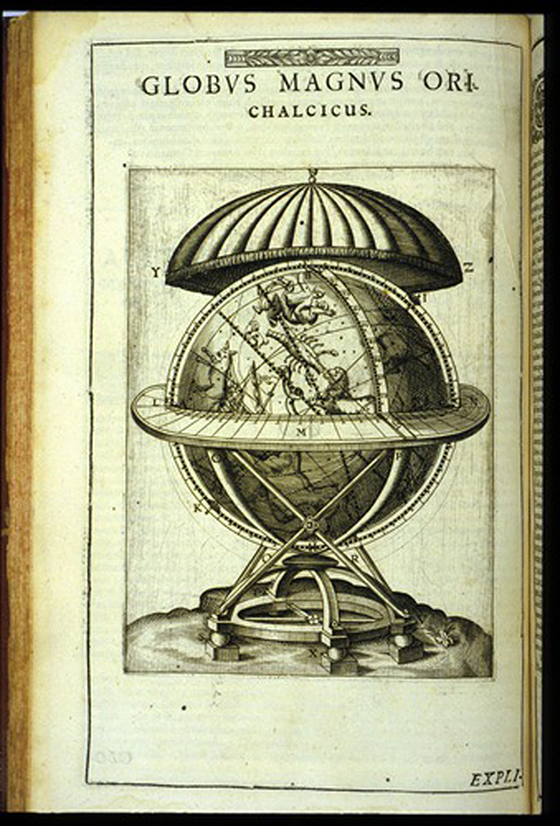- About MAA
- Membership
- MAA Publications
- Periodicals
- Blogs
- MAA Book Series
- MAA Press (an imprint of the AMS)
- MAA Notes
- MAA Reviews
- Mathematical Communication
- Information for Libraries
- Author Resources
- Advertise with MAA
- Meetings
- Competitions
- Programs
- Communities
- MAA Sections
- SIGMAA
- MAA Connect
- Students
- MAA Awards
- Awards Booklets
- Writing Awards
- Teaching Awards
- Service Awards
- Research Awards
- Lecture Awards
- Putnam Competition Individual and Team Winners
- D. E. Shaw Group AMC 8 Awards & Certificates
- Maryam Mirzakhani AMC 10 A Awards & Certificates
- Two Sigma AMC 10 B Awards & Certificates
- Jane Street AMC 12 A Awards & Certificates
- Akamai AMC 12 B Awards & Certificates
- High School Teachers
- News
You are here
Mathematical Treasure: Tycho Brahe's Work and Observatory
In 1666, Albert Curtz (1600-1671), a Jesuit priest, astronomer, and great admirer of Tycho Brahe’s work, published Historia caelestis, a collection of Brahe’s observations and writings.

The frontispiece contains illustrations of Uraniborg, Brahe’s castle and observatory. He named it after Urania, the muse of astronomy.

In 1576, King Fredrick II of Denmark had given Tycho Brahe (1546-1601) the Island of Hven in the Danish Sound. He became the feudal master of the island and its people. In four years, Brahe constructed his home and observatory, Uraniborg, and equipped it with his instruments. It also served as a laboratory for alchemy. In essence, it became the first modern research center in Europe. From this ideal location for viewing the night sky, Brahe and his assistants began to collect the most accurate astronomical data then available. A colored print from the work Civitates orbis terrarum by Georg Braun and Franz Hogenberg (1598) shows Brahe’s empire:

Below is shown a detailed copper print of Uraniborg which illustrates the grandeur of the estate. This illustration was created by the Dutch cartographer Joan Blaeu in 1662.

Perhaps the most noteworthy scientific instrument at Uraniborg was the “Great Quadrant”. The quadrant was made of brass, had a radius of 194 cm, and was fixed to a north-south facing wall. The following illustration from Astronomiae instauratae mechanica (1602) depicts the quadrant being used. The observer sights across the meridian at a heavenly body viewed through an aperture in the facing wall. He notes the meridian measurement as his assistant, standing below, marks the time.

Tycho Brahe’s instruments were the most accurate for taking celestial measurements in this period of history. Illustrations of his major instruments were given in his Astronomiae instauratae mechanica (1602). In addition to his "Great Quadrant" (shown above), two more are shown here:


The images above are presented courtesy of the History of Science Collections, University of Oklahoma Libraries.
Frank J. Swetz (The Pennsylvania State University), "Mathematical Treasure: Tycho Brahe's Work and Observatory," Convergence (October 2018)




